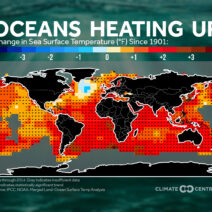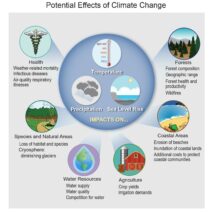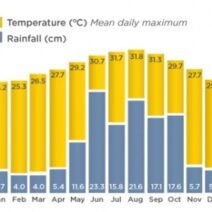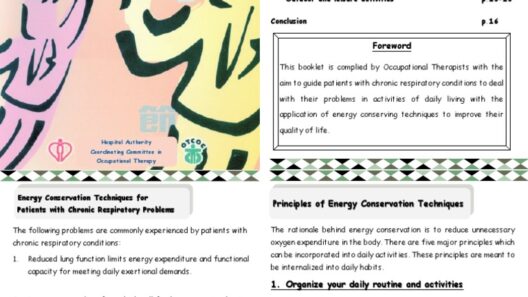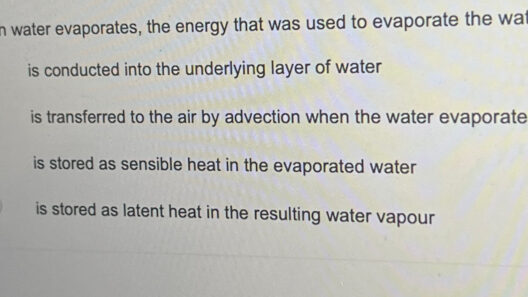Energy efficiency is not merely a concept; rather, it is a pivotal strategy for those who seek to diminish environmental impacts while simultaneously curbing costs. The push for sustainable energy use is no longer a niche concern relegated to environmental activists, but a necessitated paradigm shift for all. This narrative discusses various astute strategies that individuals and organizations can adopt to maximize energy efficiency while minimizing waste.
The first step toward effective energy conservation begins with an audit of current energy consumption practices. Conducting an energy audit allows you to scrutinize how and where energy is consumed. Modern technology has made this process more accessible than ever, with myriad applications and devices available to track energy usage in real-time. Such comprehensive assessments can reveal unexpected areas of energy drainage—an illuminated room left vacant, outdated appliances, or even inefficient HVAC systems. Understanding these details transforms abstraction into concrete areas for improvement.
Next, consider upgrading to energy-efficient appliances and lighting. The market is inundated with ENERGY STAR-rated products that promise superior performance while consuming less energy. Switching incandescent bulbs for LED ones not only reduces electricity consumption but also enhances longevity, translating to cost savings over time. In situations where full replacements are superfluous, consider retrofitting existing fixtures with energy-efficient components. Small changes can amalgamate into significant savings.
On a broader scale, aspect modifications of a living or working space can yield substantial conservation benefits. For instance, improving insulation and sealing leaks in windows and doors can limit heating and cooling losses, resulting in a comfortable environment that utilizes far less energy. Employing thermal curtains can also drastically affect temperature control, keeping spaces warmer during winter and cooler in summer. It is about embracing the principle of “building tight, ventilating right.”
Mindful consumption isn’t limited to residential energy usage alone; it permeates through industrial and corporate sectors as well. Utilizing renewable energy sources, such as solar or wind power, can profoundly impact the operational footprint of any entity. Not only does this pivot toward renewable energy help in mitigating the reliance on fossil fuels, but it also aligns organizations with global sustainability goals, showcasing their commitment to environmental stewardship.
Behavioral modifications play an equally vital role in conserving energy. Creating a culture of awareness among family members or employees about energy usage fosters a collective efforts toward conservation. Simple actions, like switching off lights when exiting a room, unplugging devices not in use, or employing power strips to eliminate phantom energy draw, can collectively make a marked difference. Moreover, instituting regular ‘energy days’—when all individuals are encouraged to engage in energy-saving practices—can cultivate a culture of sustainability.
Furthermore, the advent of smart technology and home automation deserves mention. Smart thermostats, lighting, and appliances can be programmed or controlled remotely, allowing for tailored energy use that synchronizes with daily routines. For instance, smart devices can ensure that heating or cooling systems operate only when spaces are occupied, significantly diminishing wastage. Embracing the Internet of Things (IoT) not only augments convenience but effectively optimizes energy consumption.
Outdoor energy usage is another sector in need of attention. Utilizing native plants in landscaping minimizes the need for frequent watering, thereby conserving water resources and reducing energy used for irrigation. Deploying xeriscaping techniques can further complement energy conservation efforts by fostering sustainable landscapes that require minimal upkeep. Homeowners and businesses should also consider sustainable technologies, such as rainwater harvesting and greywater recycling systems, which reduce the overall energy expenditure associated with municipal water supply systems.
Public transport and alternative commuting methods offer yet another avenue for energy conservation. Rethinking transportation options—from using bicycles to carpooling or relying on public transit—reduces individual carbon footprints and conserves fuel energy. Companies can encourage these behaviors by implementing incentive programs like subsidies for public transport use or providing facilities for cyclists. This collective transportation networks contribute positively to the environment and alleviate congestion challenges in urban landscapes.
Moreover, education and advocacy are crucial in propagating energy-efficient practices. Engaging in community outreach initiatives can inform others about energy conservation strategies, enhancing the influence of sustainable practices. Workshops, seminars, and collaborative projects can galvanize community involvement, leading to an augmented collective impact. Educational initiatives can smartly shift the perspective of individuals toward a greater appreciation of how their choices affect energy consumption.
In conclusion, energy efficiency embodies a holistic approach that spans individual behaviors, technological advancements, and community engagement. Every action, no matter how minimal, contributes to a larger movement aimed at preserving our planet. By incorporating smart strategies into our daily lives and fostering an inquisitive mindset about energy use, we position ourselves at the forefront of a necessary change. The transition may require effort and commitment, yet the resultant benefits of energy conservation—both economically and ecologically—are immeasurable. The time to act is now; proactive engagement is essential for a sustainable future. Let the journey toward effective energy use commence.
